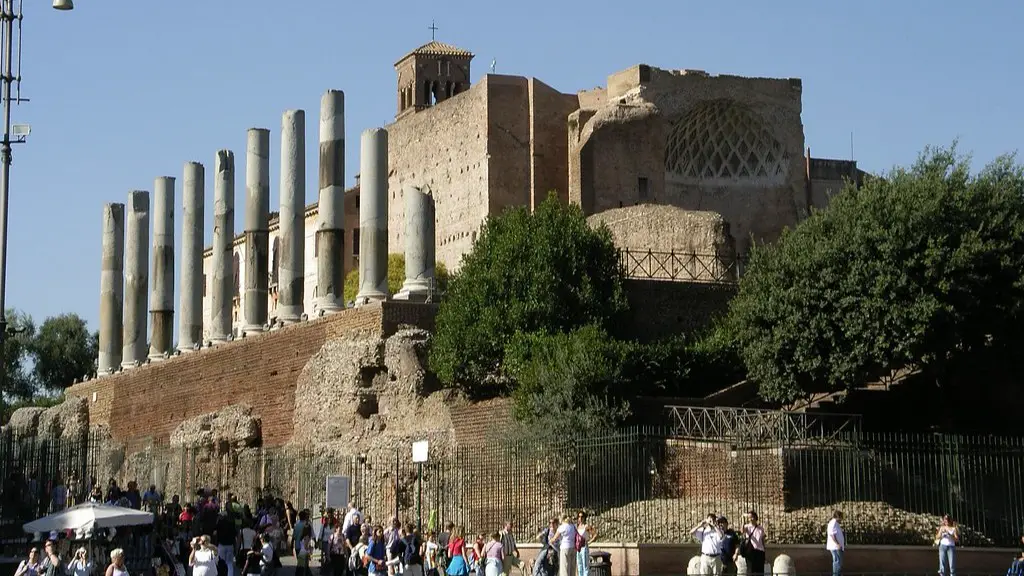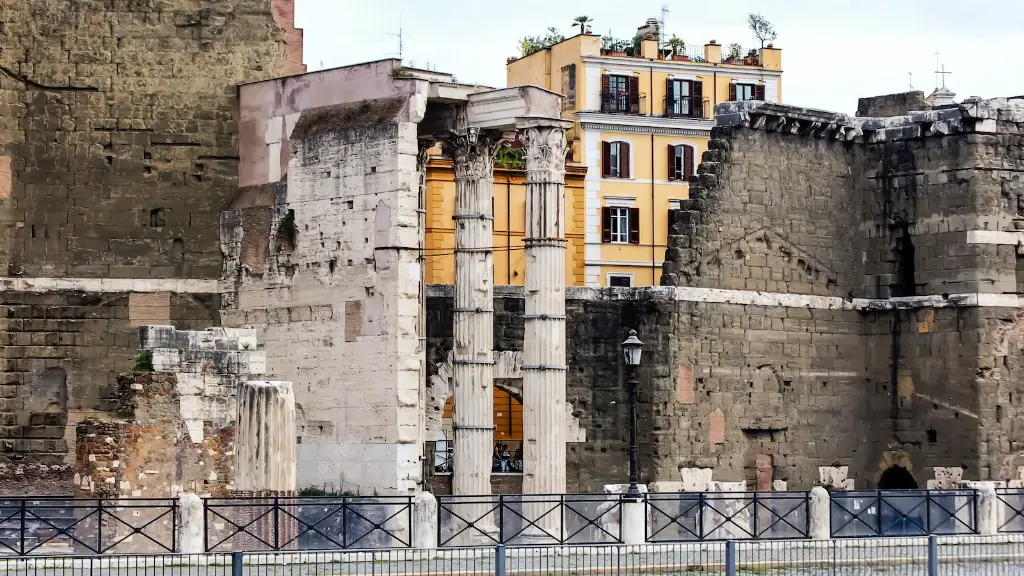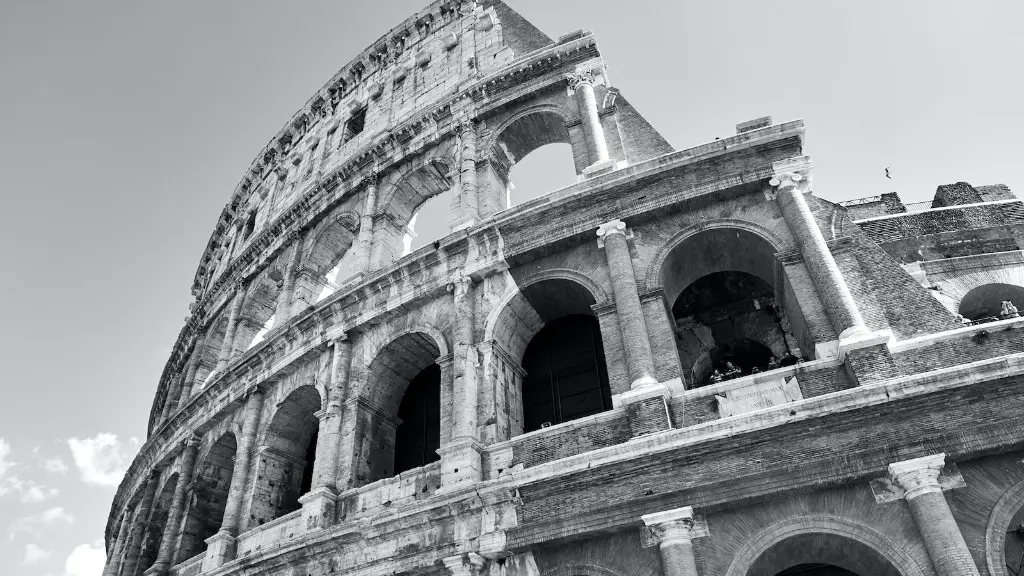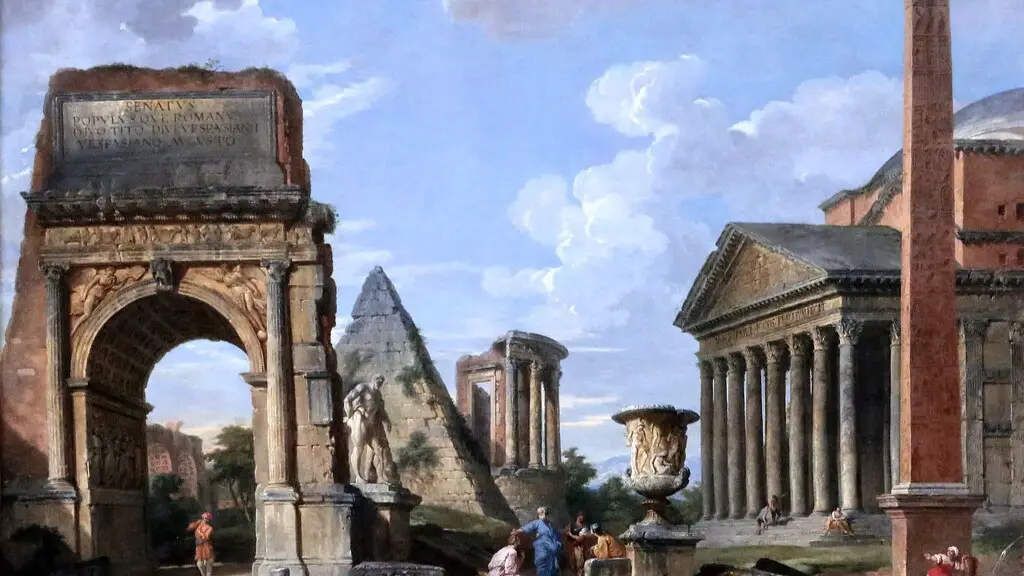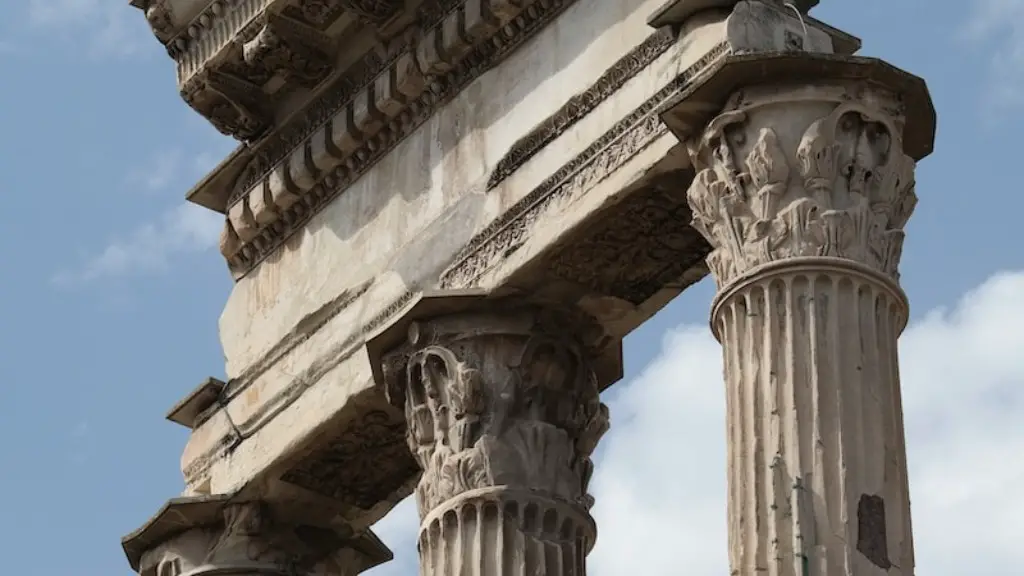In ancient Rome, the Senate and Assemblies played a major role in influencing the everyday life of its citizens. The assemblies, or comitia, offered citizens a chance to vote directly on legislative issues, while the Senate served as a sort of advisory board to the executive branch.
At the time, assemblies were divided into four major groupings: The comitia curiata, the comitia centuriata, the comitia tributa, and the comitia calata. The comitia curiata included the leading patrician families of Rome. It was made up of three ranks: Senators, patricians, and plebeians. The senate advised on public affairs, with the wealthier members having more influence.
The comitia centuriata also included citizens of Rome, but here every citizen carried equal weight in the voting process, regardless of their wealth or status. This assembly was divided into 193 centuries, with each century electing a single representative to observe the vote and cast their ballot. This assembly was called in to vote on matters concerning the military, religion and criminal justice.
The comitia tributa was made up of all the citizens of Rome organized into 35 tribes, irrespective of their wealth or social standing. This assembly voted on matters of tax collection and state funding. Lastly, the comitia calata was made up of representatives of various religious organizations, who voted on matters pertaining to religious rituals, holy days and religious festivals.
The Senate and Assemblies in ancient Rome allowed citizens to directly influence the legislative process. This system provided citizens with the opportunity to express their opinions and engage in public debates on important matters. Furthermore, the tribes of the comitia tributa represented all the citizens of Rome, allowing for equal representation for all in the voting process.
The legislative process in ancient Rome was based upon both the Senate and Assemblies. The Senate provided stability in the form of advice from the more affluent members of Rome, while the assemblies allowed for citizens to directly vote on matters concerning their life and society. This ancient system provided for equal representation for all citizens and laid the foundation for modern democracy.
The Role of the Senate and Assemblies
The Senate and Assemblies held significant influence in ancient Rome. Although the Senate was not itself a legislative body, senators played a major role in influencing policy. They would advise the executive authority on matters they deemed important, while members of the Assemblies could vote directly on legislative issues.
The Senates of ancient Rome were divided into two major groupings, either the patrician Senators or the plebeian Senators. Both groupings carried weight in the Senate, with the patricians having more influence due to their higher rank in society.
The Assemblies, on the other hand, were divided into four major groupings based on the type of issue being put to the vote. The comitia curiata, comitia centuriata, comitia tributa, and comitia calata all voted on different matters. This division allowed citizens to participate in the legislative process based on their own interest or knowledge.
The Assemblies of ancient Rome allowed citizens to engage in political debate and have their voice heard on matters of policy, while the Senate provided advice for the executive branch. This two-pronged approach to the legislative process represented an important step in the development of modern democracy.
The Influence of the Senate and Assemblies
The Senate and Assemblies of ancient Rome had a significant influence on the growth of democracy. By allowing citizens to directly vote on matters of policy and by providing a platform for healthy political debate between the different ranks of society, the ancient Romans provided the groundwork for centuries of legislative development.
In addition, the Senate and Assemblies helped to establish the concept of rule by majority. This system was based on the assumption that if a majority of citizens voted in favour of a policy, then it was likely to be successful. This concept continues to be a staple of democracy today.
Furthermore, the Senate of ancient Rome acted as an assembly of elder statesmen. The Senate allowed for experienced politicians to influence policy decisions. This provided the executive branch with an experienced source of advice in matters of policy.
The Senate and Assemblies of ancient Rome had a major influence on the development of democracy. From the concept of rule by majority to the establishment of elder statesmen in politics, the legacy of ancient Rome will continue to shape the modern democratic process for years to come.
Conclusion of the Senate and Assemblies
The Senate and Assemblies of ancient Rome had a major influence on the development of democracy and the legislative process. The assemblies allowed for citizens to express their opinions directly in the form of votes and the Senate provided an assembly of elder statesmen who could offer their expertise to the executive branch.
The assemblies were divided into four major groupings, each with a different role to play in the legislative process. The comitia curiata voted on issues concerning patrician families, the comitia centuriata voted on matters concerning the military, religion and criminal justice, and the comitia tributa voted on matters of taxes. Lastly, the comitia calata voted on religious rituals, holy days, and religious festivals.
The Senate and Assemblies of ancient Rome played a major role in the development of modern democracy, establishing the concept of rule by majority and laying the groundwork for centuries of legislative growth. The legacy of these ancient institutions will continue to shape the progress of democracy for many years to come.
Relevance of the Senate and Assemblies Today
Although the Senate and Assemblies no longer exist in modern Rome, their influence and legacy continue to shape the development of democracy. The concept of rule by majority, the provision of elder statesmen to the executive branch, and the opportunity for citizens to directly vote on matters of policy, are all vital aspects of modern democracy that closely resemble the system of governance implemented in ancient Rome.
Modern democracies often include a House of Lords to provide a second chamber where elder statesmen can provide expertise to the executive branch. Additionally, a bicameral legislature, with one set of chambers representing a population’s wealthy or elite and the other representing the citizens at large, closely resembles the ancient system of Senate and Assemblies.
Finally, the concept of direct democracy, where citizens can directly vote on matters of policy, is a practice that has been growing in popularity in recent decades. The ancient system of Senate and Assemblies greatly resembles modern direct democracy, showing the timelessness of some of the principles implemented in ancient Rome.
The Legacy of the Senate and Assemblies
The legacy of the Senate and Assemblies of ancient Rome is one that has shaped the modern world of democracy. The concept of rule by majority, the provision of advice from elder statesmen, and the opportunity for citizens to directly vote on matters of policy, all closely resemble modern systems of democracy, showing the timelessness of the principles implemented by the ancient Romans.
Additionally, the assemblies represented a major step forward in the development of democracy. By allowing citizens to directly vote on legislation, regardless of their wealth or social standing, the ancient assemblies offered an example of equality and justice that set a precedent for centuries of legislative growth.
The Senate and Assemblies of ancient Rome have left a long-lasting legacy on the development of democracy. From the concept of rule by majority to the opportunity for political debate between citizens, the ancient system of Senate and Assemblies helped to establish the foundation for centuries of legislative growth.
